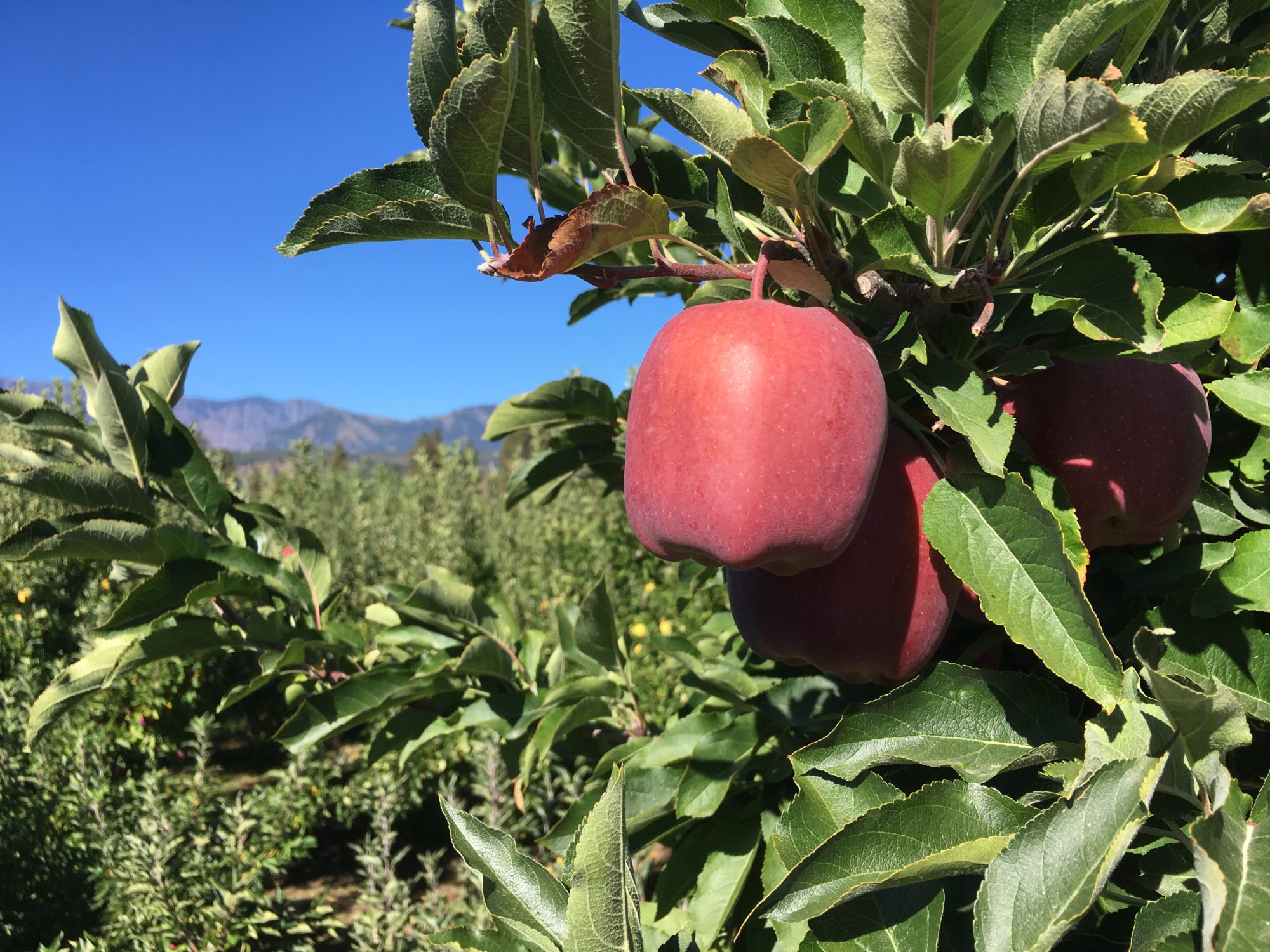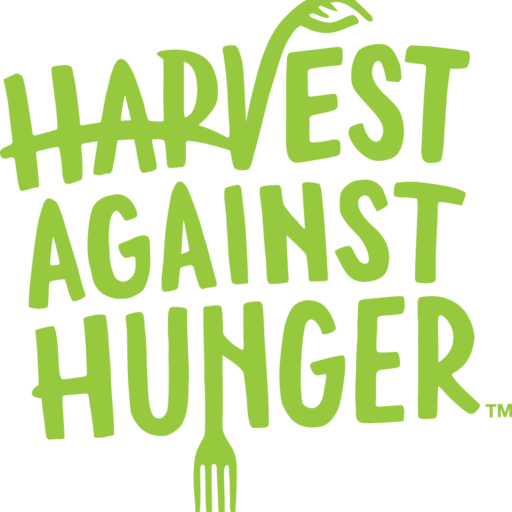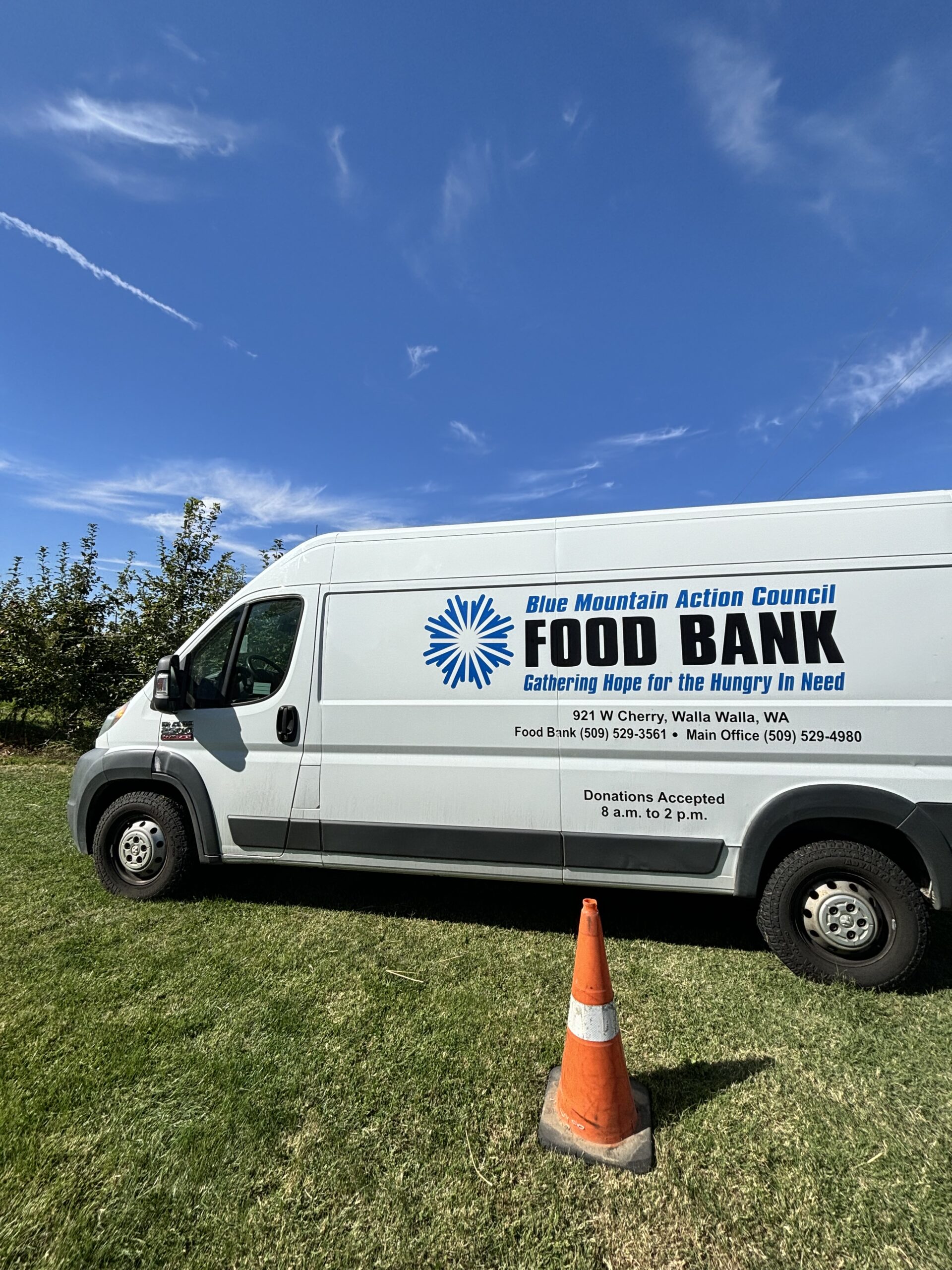How Can We Help?
Gleaning Model
The Blue Mountain Action Council (BMAC) Food Bank gleans produce from commercial farms and orchards, farmers markets and residential gardens and trees. Most of the gleaned produce is within Walla Walla, Columbia and Umatilla counties. The process of gathering information and planning is essentially the same for large- and small-scale gleaning events but varies in volunteer help and transportation needs.
BMAC Food Bank rarely turns down a gleaning opportunity and tries to schedule events when it is most convenient for the donor and volunteers, and the resulting produce can be distributed quickly. Due to time sensitivity, weather, and market changes, gleans can be scheduled with short notice. When possible, gleans of 2-4 hours are scheduled on the weekend mornings or weekday evenings and within a few days to a weeks’ notice.
A great group to start coordinating with would be the Whitman College Glean team via email, existing BMAC volunteers via in-person/Volgistics/email, or large-group volunteer signups. Also, a great tip to keep in mind is getting in touch with local church or corporate group leaders/organizers and Walla Walla University that may be looking for community service projects. Asking the Food Bank Outreach Manager for any leads could greatly help as well.
It is also worth noting to know where the food bank intends to send the gleaned produce. If there is excess gleaned produce, you may have to find an outlet for it to avoid it going bad and having to dispose of it when it could have been tilled back into the soil. If local pantries already have a lot of the same produce since the food bank receives a lot through TEFAP, such as apples, you could reach out to local schools and universities (college food pantries, cooking classes) if they would take them.
With over 42 different crops being grown in the valley, BMAC was able to glean a large variety of produce. The harvest season usually runs from May-November, but a small handful of growers have the ability to provide fresh produce throughout the winter using hoop and greenhouses.
Currently, the AmeriCorps member manages all aspects of the gleaning program and attends every gleaning event. BMAC is looking to increase volunteer participation and ownership of the program along with some grant funding to help transition the project into a paid position and away from being run by an AmeriCorps member.
What to Ask Growers
- What is the crop and how much of it are you looking to donate?
- Do we need to harvest it or has it already been harvested?
- When would be a good time to schedule a glean?
- Will you be able to provide any tools?
- Do you know approximately how many volunteers we will need?
- Where should we park?
- Is there a public restroom facility on-site?
- Will you be there to show/instruct gleaners?
- Are you comfortable with volunteers using ladders or knives if appropriate?
- Are you OK if children, with parental supervision, attend the glean?
- Would you like a donation receipt after the gleaned produce is weighed?
Next, coordinate with the food bank or food pantries to make sure they can store or accept the fresh produce that is coming in. Communicate to the staff the type of produce and an estimation of how much produce will be harvested and brought in.
Getting your volunteers organized
Send an email or call your volunteers with information about the upcoming glean. Tell them what you will be gleaning, if they need to bring anything special, where to park, if facilities will be available, and if children are allowed. If the farm is farther away, suggest meeting at a central location and carpooling. Ask volunteers to RSVP via email, Volgistics, or an online sign-up link so you have an idea of how many people are planning showing up. Once you meet them at the gleaning location, have everyone sign in on the volunteer sheet. Make sure everyone has filled out the annual volunteer waivers/media release form (send prior to glean via email or have physical copies ready). Tell volunteers to wear closed-toed shoes, hats, sunglasses, and bring enough sunscreen and water for the glean.
Transportation
Make sure to bring enough harvesting bags, asparagus lugs, banana boxes, bins, crates, bags or whatever you will be using to collect and store your gleaned produce in. If the glean is medium sized, the BMAC pick-up truck is used to haul boxes and bags. For larger produce gleans, large bins or crates are taken out to the farm on the BMAC vans. Depending on the product and distribution, the gleaned produce stays in the bins until they are moved with pallet jacks by food bank warehouse staff, which then would weigh the produce. If company vehicles are not available, ask your volunteers if they could help transport some boxed produce to the food bank.
Collecting Data
It is important to track produce donations, volunteers and hours. An Excel spreadsheet is an easy way to calculate and organize data. BMAC Food Bank also keeps track of all purchases, donations, and gleaned produce for Harvest Against Hunger. This info is on a clipboard in the food bank warehouse. This data is important for future funding, grant applications and to track successes.



